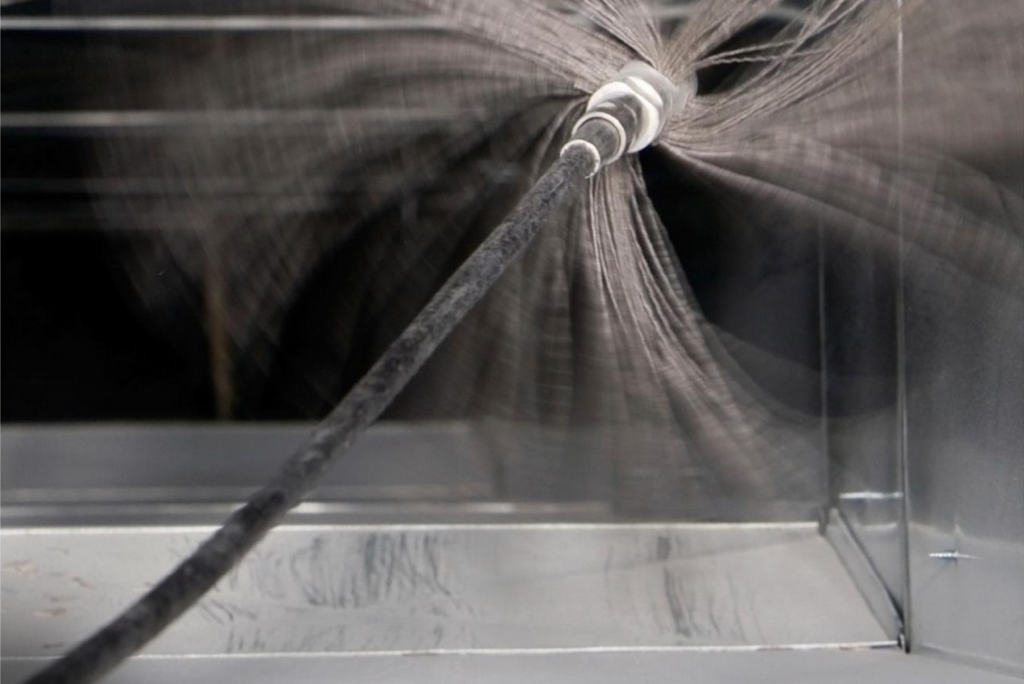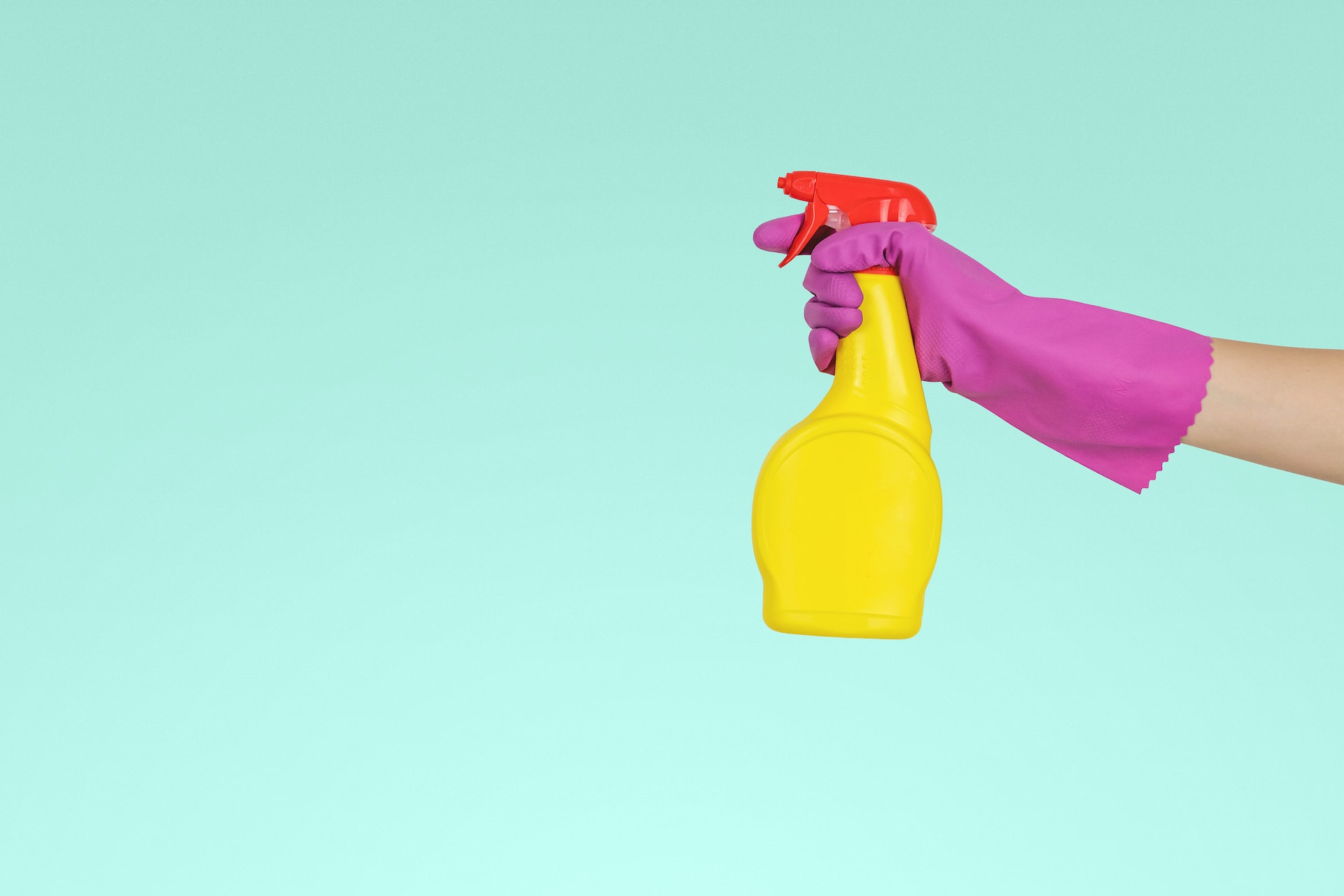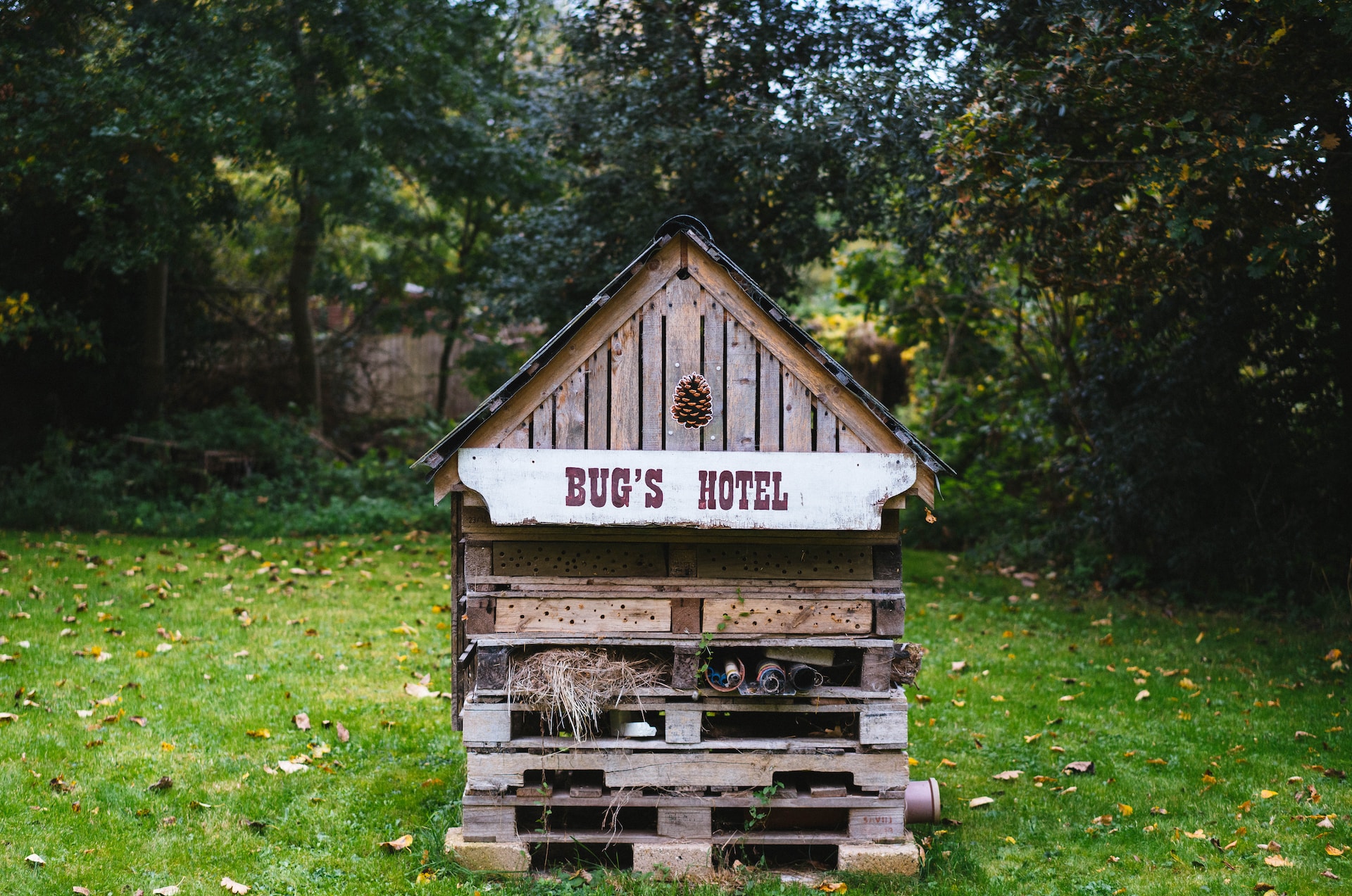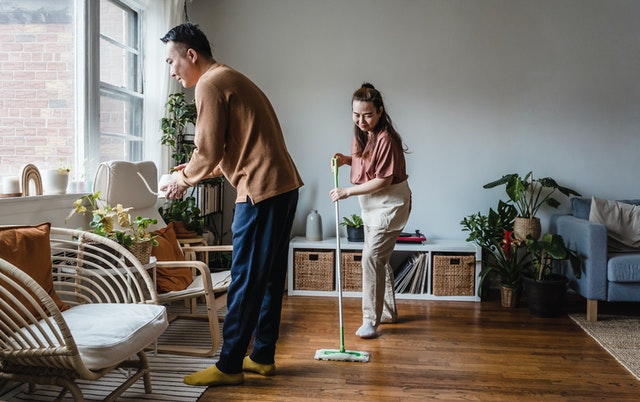You can’t see it. Sometimes you can smell it. It can cause dizziness and nausea, give you headaches, or make you feel like you are coming down with a cold. It is indoor air pollution, and it is a major health concern.
Even if you are experiencing no symptoms at all, exposure to indoor pollutants can have long-term effects on your health. Luckily, there are some concrete things you can do to improve your indoor air quality. Make sure you’re checking these seven things off your list when you’re considering making the air in your home as healthy as it can be.
1. Organize and declutter
We all love our tchotchkes. But when indoor allergies are an issue, all of the knickknacks and books on the shelf can harbor the allergens that trigger allergy attacks. Reducing the number of objects on surfaces will reduce the time you have to spend on dusting, and can make rooms appear larger and feel more peaceful. This can be especially helpful in the bedroom, where your loved one with allergies spends hours sleeping every day.
2. Replace your furnace filter

If it has been awhile since you replaced your furnace filter, you are missing out on an effortless way to remove some of the airborne particles polluting the air in your home.
How often do you need to replace your filter? It will depend on what kind of filter you are using. Inexpensive fiberglass filters may need to be replaced as often as once a month, and won’t capture fine airborne particles even when new. Pleated filters may restrict airflow too much and damage your heat exchanger or evaporator coils.
When choosing a filter, follow the recommendations for your particular heating or cooling unit. A higher MERV rating will mean that it will filter smaller particles. For most home furnaces, a MERV rating of 7 or 8 is more than sufficient. For the sake of convenience, consider washable filters. These permanent filters trap smaller particles with electrostatic energy and can be rinsed clean and replaced every few months.
3. Get your home professionally cleaned
Professional cleaning services can help you address many potential sources of pollution in the home, particularly when it comes to asthma and allergy triggers. Regular cleanings can remove dust and allergens as they build up, so you’re not stuck sneezing on cleaning day. If you can’t clean your home top to bottom once a week, give yourself and your health a gift and invest in a weekly cleaning that will remove dust, dander, pet hair, pollen, and other allergens from vents, surfaces, carpets and upholstery before they build up.
4. Have your air ducts dusted
Air ducts are the lungs of your home. Whatever is in the air, including pollen, dander, and dust, collects over time on the sides of your ducts, and is recirculated into your home every time you turn on the air conditioning or heat. If you have noticed a persistent odor in your home, or you start sneezing every time the heat comes on, air duct cleaning could be a must for your home.
5. Have your upholstery cleaned
Upholstery is similar to carpeting in that it can collect allergens in the fabric and padding. A note for pet owners – dander is concentrated where your pet sits a lot, so if your dog or cat gets comfy on the couch, you may need to have that favorite piece of furniture cleaned more frequently to keep the dander under control.
6. Steam clean your carpets
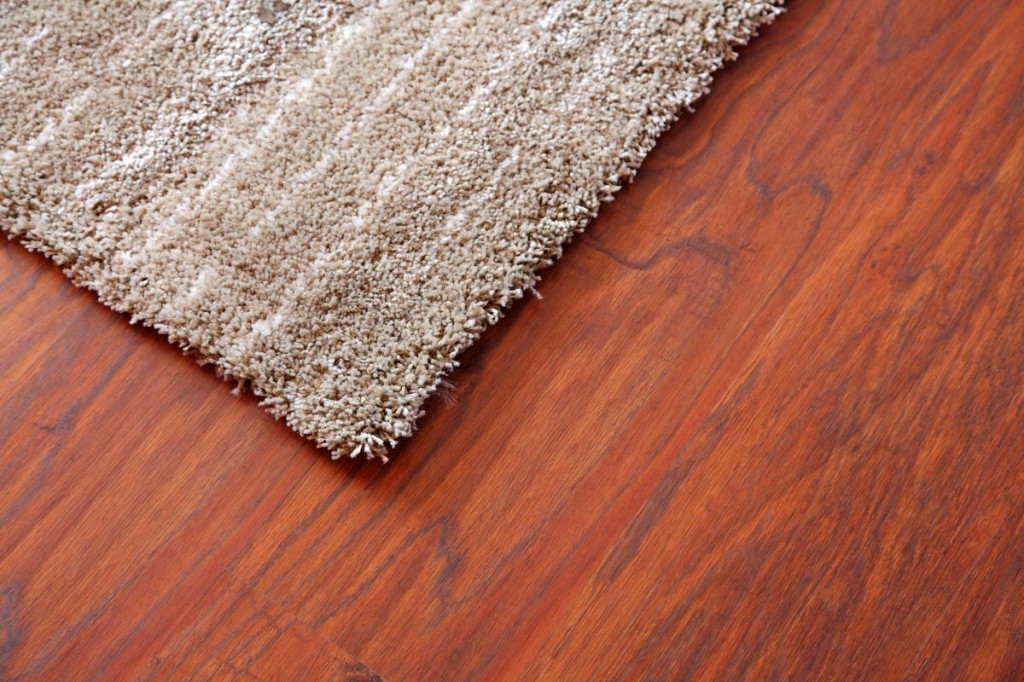
Carpets can act like filters within your home, trapping particles from the air and holding them. And just like any filter, your carpet needs to be cleaned to be effective instead of dangerous. That’s where professional carpet cleaning comes in.
Carpet cleaning professionals go one step further than vacuuming and use hot water extraction, also known as steam cleaning, to remove all the dust, dirt, and allergenic particles buried deep in the carpet. Cleaning your carpet isn’t just better for the air. It is also better for the carpet. Dirt can be abrasive, so walking on dirty carpet can actually make the fibers wear out more quickly.
7. Use your bathroom exhaust fan
Showering and bathing add a lot of moisture to the air. It’s the job of the exhaust fan to get rid of it. Unchecked moisture in your home leads to mold growth, which can spread throughout the home and cause asthma, cold symptoms, and breathing problems. After you bathe or shower, give your exhaust fan needs time to pull the moisture from the bathroom and to remove the water droplets completely from the exhaust fan vent duct.
Important tip:Exhaust fans need to vent to the outdoors. If your exhaust fan vents into an enclosed space, like the attic, you could have big issues with mold growth. Make sure that your exhaust fan duct is vented correctly to avoid causing a bigger problem than you had before.
Do you think your home’s air quality is as good as it can be? What do you think of these tips?
Top Image Credit: Riverland Homes

